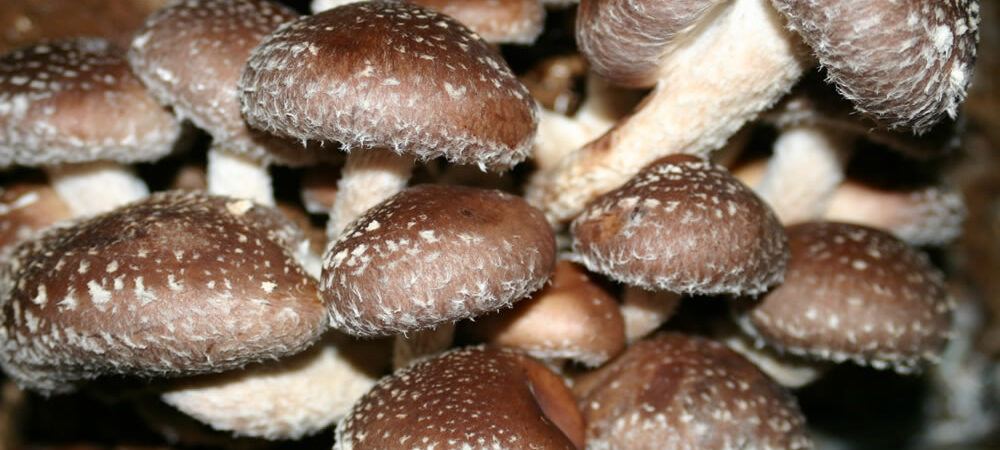Introducing psilocybin gummy formulations marks a distinct shift from traditional mushroom consumption methods. Both formats present unique characteristics that merit thorough examination. This analysis explores the distinctive attributes of each form, providing insights into their respective properties and administration patterns.
Processing distinctions
Traditional mushrooms maintain their natural composition, presenting compounds in their original state alongside various plant materials. The dried fungi contain multiple alkaloids that work together, creating what many describe as a more organic experience. Natural variations between individual mushrooms result in slight differences across batches, reflecting their biological origins.
Magic mushroom gummies emerge from sophisticated manufacturing processes that isolate specific compounds. Professional extraction methods remove plant materials while preserving active ingredients. These standardized formulations incorporate measured amounts into gelatin or pectin matrices, producing consistent pieces through controlled manufacturing steps. Laboratory testing validates potency levels across production batches, ensuring reliable characteristics.
Absorption patterns
Traditional consumption methods involve digesting dried mushroom material directly. Plant fibres slow absorption rates naturally while providing gradual compound release. The body processes these materials differently from gummy formulations:
- Mushroom cell walls require additional breakdown time
- Fiber content affects digestion speeds significantly
- Natural enzymes interact with compound absorption
- Stomach acid levels influence processing rates
- Individual digestive variations impact the timing
- Whole mushroom materials extend release periods
Gummy preparations demonstrate distinct absorption characteristics. The specialized matrix dissolves systematically, releasing compounds according to manufacturing specifications. Blood circulation patterns show measurable differences between these consumption methods, while metabolic processes reflect varied absorption rates depending on formulation types.
Taste characteristics

- Traditional mushrooms possess distinctive flavor profiles that many find challenging. Dried varieties present earthy notes alongside bitter undertones, creating taste experiences that often prove difficult for sensitive individuals. Texture considerations also influence consumption preferences, as fibrous materials require thorough chewing for proper digestion.
- magic mushroom gummies incorporate natural fruit extracts that mask mushroom flavours effectively. These formulations blend sweeteners and fruit compounds harmoniously, producing pleasant taste experiences that support easier consumption. Manufacturing processes ensure consistent flavour profiles across different production batches while maintaining compound stability through careful preparation.
- The emergence of standardized gummy formulations reflects evolving preferences in consumption methodology. Professional facilities maintain strict production controls, ensuring consistent experiences across different batches. Laboratory analysis confirms proper ratios before final processing begins, while documentation practices preserve essential information about manufacturing variables.
- Temperature monitoring systems track environmental conditions throughout production cycles. Humidity controls prevent quality changes that might affect final products, while storage protocols maintain stability during shelf life periods. These careful procedures ensure reliable characteristics across different manufacturing batches.
- Advanced production facilities incorporate specialized equipment designed specifically for extract processing. Multiple filtration stages remove impurities while preserving essential compounds, producing cleaner final products. Automated mixing systems ensure thorough distribution throughout each batch, while temperature-controlled environments prevent degradation during processing.
- Modern analytical techniques validate product specifications regularly through laboratory testing protocols. Quality control measures confirm preparation consistency between batches, while documentation requirements track all relevant variables systematically. This structured approach reflects the growing interest in standardized methods that offer measured experiences through careful manufacturing processes.
The distinction between traditional and magic mushroom gummies represents more than mere consumption preferences. Each format presents unique characteristics that influence individual experiences differently. Manufacturing improvements continue with preparation techniques while focusing on product stability through careful processing.


